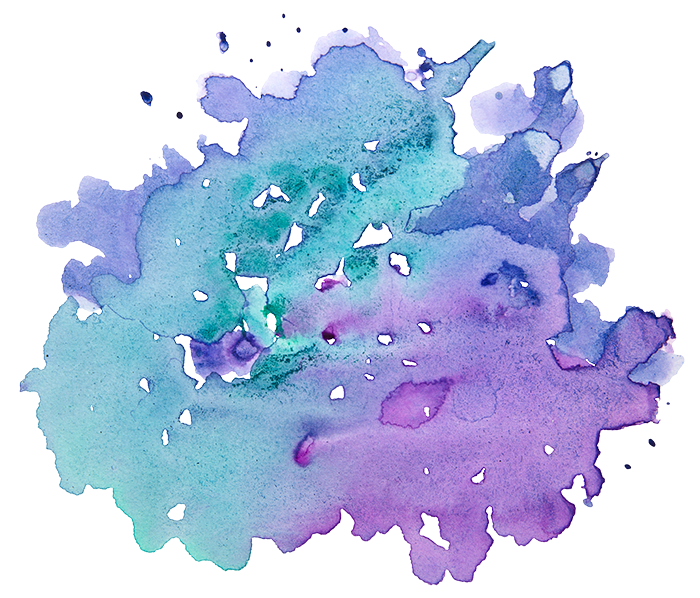by Debbie Issokson, Mikveh Guide
 I recently returned from a trip to Spain, a country filled with Jewish history, most of it buried, hidden or wiped out of sight since the Spanish Inquisition of the 1400’s. Ubeda was one of our destinations, a small town in the Andalucia region. As I explored TripAdvisor, I found one tiny posting mentioning a medieval synagogue that had recently been unearthed in this town. My interest piqued and soon I was exploring the website of Synagoga del Agua. The word “mikveh” caught my attention and I was sure that I needed to visit this place.
I recently returned from a trip to Spain, a country filled with Jewish history, most of it buried, hidden or wiped out of sight since the Spanish Inquisition of the 1400’s. Ubeda was one of our destinations, a small town in the Andalucia region. As I explored TripAdvisor, I found one tiny posting mentioning a medieval synagogue that had recently been unearthed in this town. My interest piqued and soon I was exploring the website of Synagoga del Agua. The word “mikveh” caught my attention and I was sure that I needed to visit this place.
Fast forward many weeks. I am standing outside a building in Ubeda. I knew I’d be seeing a mikveh within the remnants of a synagogue heretofore buried, literally, in rubbish and rubble with buildings constructed on top of it. I did not know that the Inquisitor’s Coat of Arms would be engraved on the doorway of the building next to it. This, alone, was enough to propel me to a place of deep emotion and wonder: wonder at the horror of forced conversion or expulsion, wonder at the process of one group of people deciding that another group of people cannot freely exist and express themselves, wonder at the audacity to take over another culture’s sacred spaces and wonder at the process of reclaiming history, tradition, and its attendant rituals.
As I anticipated seeing the mikveh of Synagoga del Agua, I thought about Mayyim Hayyim, my reference point for all things mikveh: Mayyim Hayyim, created with the intention of reclaiming and revitalizing an ancient ritual, designed and built with thoughtfulness and consideration of Hiddur Mitzvah (beautification of the mitzvah), organized around policies and procedures that facilitate an immersion experience clear of the “rubble” and unburdened by the “baggage” or negative connotations that may have inhibited or deterred participants in the past.
Return once again to the mikveh of Synagoga del Agua, a synagogue built around many wells, two of which are still filled with water. Wander down through this stunning structure, two levels below the street and there, beneath a beautifully curved stone ceiling, is a mikveh, completely intact. Delicious spring water fills the pool and immediately the ancient ritual comes alive.
My experiences at Mayyim Hayyim as a guide, witness, creator of rituals and immersion visitor allow me to connect to this place in a spiritually embodied way. Andrea, our most special guide, removes the barrier rope and allows me to quietly descend the seven stone steps and touch the waters. I am filled with awe, touched deeply by the quiet, powerful energy of this place, grateful to the property developer who stopped his condo project in order to preserve this unearthed and unanticipated discovery and hopeful that others will visit this buried treasure and immerse in our history.
For more information about Synagoga del Agua, visit:
http://sinagogadelagua.com.
http://thisblonde.wordpress.com/2011/03/31/sinagoga-de-agua/
http://thisiswhatweate.blogspot.com/2012/04/la-sinagoga-del-agua.html
Debbie Issokson is a licensed psychologist specializing in perinatal mental health, a trained mikveh guide, was co-chair of the Ritual Creation Team at Mayyim Hayyim and co-author of the rituals included in Mayyim Hayyim’s publication A New Beginning: Ceremonies for the Mikveh.



